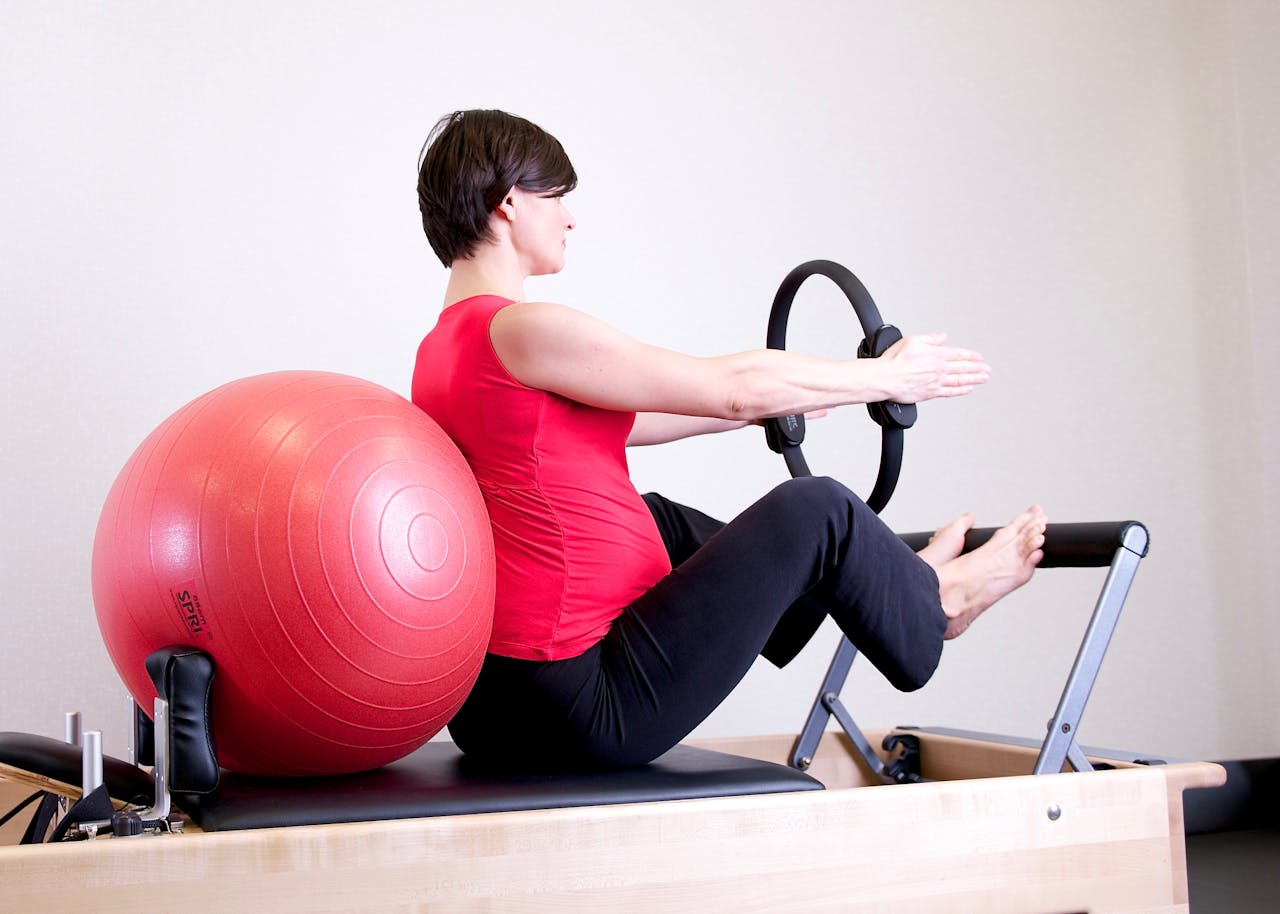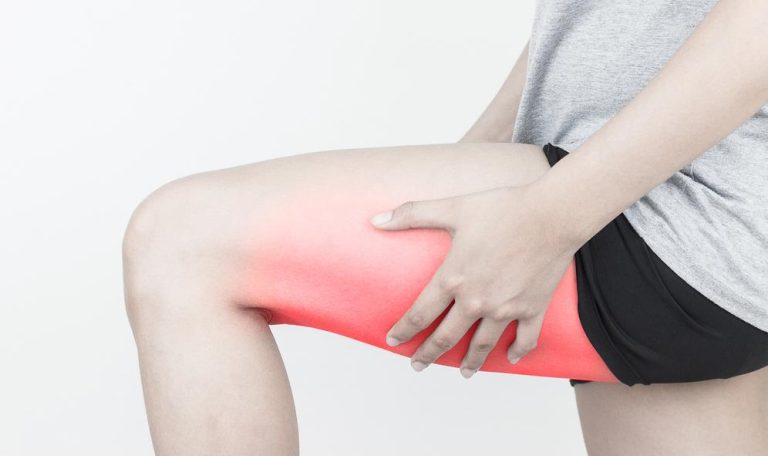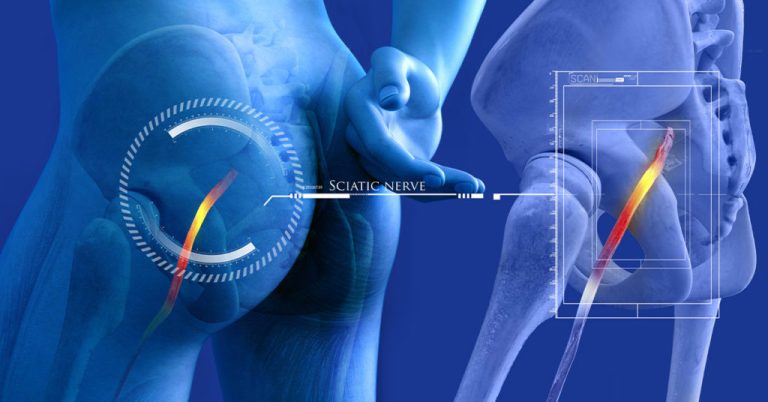Does Pilates Help Sciatica: Unveiling the Truth Behind the Claims
Introduction
In the pursuit of relief from sciatica pain, many turn to alternative therapies, among which Pilates stands out. But does Pilates help sciatica? Let’s delve into the scientific evidence and statistics to find out.
Firstly, it’s crucial to grasp the essence of sciatica. It’s not merely a discomfort; it’s a debilitating condition characterized by sharp, shooting pain radiating along the sciatic nerve.
The Impact of Sciatica on Daily Life
Sciatica can profoundly affect daily life, hindering mobility and causing immense discomfort. Simple tasks become daunting challenges.
The Search for Relief
Amidst this struggle, individuals seek relief from various avenues, including Pilates. But does Pilates help sciatica? Let’s explore.
The Essence of Pilates
Before diving into its efficacy, let’s understand what Pilates entails. It’s a low-impact exercise system aimed at strengthening muscles, improving flexibility, and enhancing overall well-being.

Pilates: A Ray of Hope?
In recent years, Pilates has gained attention as a potential remedy for sciatica pain. But is this attention warranted? Let’s find out.
Scientific Evidence: Does Pilates Help Sciatica?
Studies have shown promising results regarding the efficacy of Pilates in alleviating sciatica symptoms.
A 2015 study published in the Journal of Bodywork and Movement Therapies found that participants who engaged in Pilates experienced significant reductions in pain and disability compared to those who didn't.
Similarly, a meta-analysis published in the European Journal of Physical and Rehabilitation Medicine in 2018 concluded that Pilates could effectively reduce pain and improve functional status in individuals with chronic low back pain, a common underlying cause of sciatica. These findings suggest that Pilates may indeed offer relief for those suffering from sciatica.
The Mechanics Behind Pilates
Pilates focuses on strengthening core muscles, improving posture, and enhancing body awareness, all of which are crucial in managing sciatica pain. By targeting these areas, Pilates aims to alleviate pressure on the sciatic nerve and promote healing.
Personal Testimonials: Real-Life Experiences
Many individuals with sciatica have reported positive outcomes after incorporating Pilates into their routine. They attest to reduced pain, improved mobility, and enhanced quality of life.
Expert Opinions: What Do the Professionals Say?
Experts in the field of physical therapy and rehabilitation often recommend Pilates as part of a comprehensive treatment plan for sciatica. Its emphasis on controlled movements and proper alignment aligns with therapeutic principles.
Pilates vs. Other Forms of Exercise: A Comparative Analysis
Compared to high-impact exercises, such as running or weightlifting, Pilates offers a gentler approach, making it suitable for individuals with sciatica. Its focus on core strength and flexibility sets it apart from traditional strength training.
Incorporating Pilates into Your Routine: Tips for Beginners
If you’re considering Pilates as a means to alleviate sciatica pain, it’s essential to start gradually and listen to your body. Consult with a certified Pilates instructor who can tailor exercises to your specific needs and limitations.
Potential Risks and Precautions
While Pilates is generally safe for most individuals, it’s essential to proceed with caution, especially if you’re experiencing severe sciatica symptoms. Always inform your instructor about your condition and any limitations you may have.
Conclusion: The Verdict on Pilates and Sciatica
In conclusion, the question “Does Pilates help sciatica?” can be answered with a resounding yes. Scientific evidence, coupled with personal testimonials and expert opinions, supports the efficacy of Pilates in alleviating sciatica pain and improving functional outcomes. If you’re seeking relief from sciatica, consider incorporating Pilates into your treatment regimen. Remember, the journey to recovery may vary for each individual, but Pilates offers a promising avenue for relief.
Frequently Asked Questions
Q1. Is Pilates safe for individuals with severe sciatica symptoms?
A. While Pilates is generally considered safe, individuals with severe sciatica should proceed with caution and consult with a healthcare professional before starting any new exercise regimen. It’s essential to listen to your body and modify exercises as needed to avoid exacerbating symptoms.
Q2. Can Pilates worsen sciatica pain?
A. When performed correctly and under the guidance of a certified instructor, Pilates is unlikely to worsen sciatica pain. However, it’s crucial to avoid movements that cause discomfort and to communicate openly with your instructor about any concerns or limitations.
Q3. How soon can I expect to see results from Pilates for sciatica?
A. The timeline for experiencing relief from sciatica symptoms through Pilates can vary depending on individual factors such as the severity of the condition, consistency of practice, and adherence to proper technique. Some individuals may notice improvements within a few weeks, while others may require more time.
Q4. Are there specific Pilates exercises that are particularly beneficial for sciatica?
A. While there isn’t a one-size-fits-all approach, certain Pilates exercises may be especially helpful for individuals with sciatica. Focus on exercises that strengthen the core muscles, improve spinal alignment, and promote flexibility in the hips and hamstrings. A certified Pilates instructor can provide guidance on selecting appropriate exercises based on your needs.
Q5. Can Pilates prevent sciatica from recurring?
A. Regular practice of Pilates, coupled with proper posture and body mechanics, can help strengthen the muscles that support the spine and reduce the likelihood of sciatica recurrence. However, it’s essential to maintain a consistent exercise routine and incorporate other preventive measures, such as ergonomic adjustments and stress management techniques.
Q6. Are there any specific contraindications for Pilates in individuals with sciatica?
A. While Pilates is generally safe, certain movements and positions may aggravate sciatica symptoms in some individuals. It’s essential to avoid exercises that cause pain or discomfort and to communicate openly with your instructor about any concerns. Additionally, individuals with underlying medical conditions should consult with a healthcare professional before starting Pilates or any new exercise program.
Q7. Can Pilates be combined with other forms of treatment for sciatica?
A. Yes, Pilates can be integrated into a comprehensive treatment plan for sciatica, which may include physical therapy, medication, chiropractic care, or other modalities. Collaborate with your healthcare provider to develop a personalized approach that addresses your specific needs and goals.
Q8. Is Pilates suitable for all age groups with sciatica?
A. Pilates can be adapted to suit individuals of all ages and fitness levels, including older adults with sciatica. It’s essential to work with a qualified instructor who can tailor exercises to accommodate any physical limitations and ensure safety and effectiveness.
Q9. Can Pilates help with psychological aspects of sciatica, such as anxiety and depression?
A. Regular exercise, including Pilates, has been shown to have positive effects on mental health, including reducing symptoms of anxiety and depression. By promoting relaxation, improving sleep quality, and enhancing overall well-being, Pilates can complement traditional treatment approaches for sciatica.
Q10. How can I find a qualified Pilates instructor experienced in working with individuals with sciatica?
A. When seeking a Pilates instructor, look for someone who is certified by a reputable organization and has experience working with clients with sciatica or similar conditions. Ask for recommendations from healthcare providers, friends, or family members, and consider scheduling a consultation or trial session to assess compatibility and expertise.
References:
- Smith BE, Littlewood C, May S. An update of stabilization exercises for low back pain: a systematic review with meta-analysis. BMC Musculoskelet Disord. 2014;15:416. Published 2014 Dec 8. doi:10.1186/1471-2474-15-416
- Wells C, Kolt GS, Marshall P, Hill B, Bialocerkowski A. Effectiveness of Pilates exercise in treating people with chronic low back pain: a systematic review of systematic reviews. BMC Med Res Methodol. 2013;13:7. Published 2013 Jan 11. doi:10.1186/1471-2288-13-7







